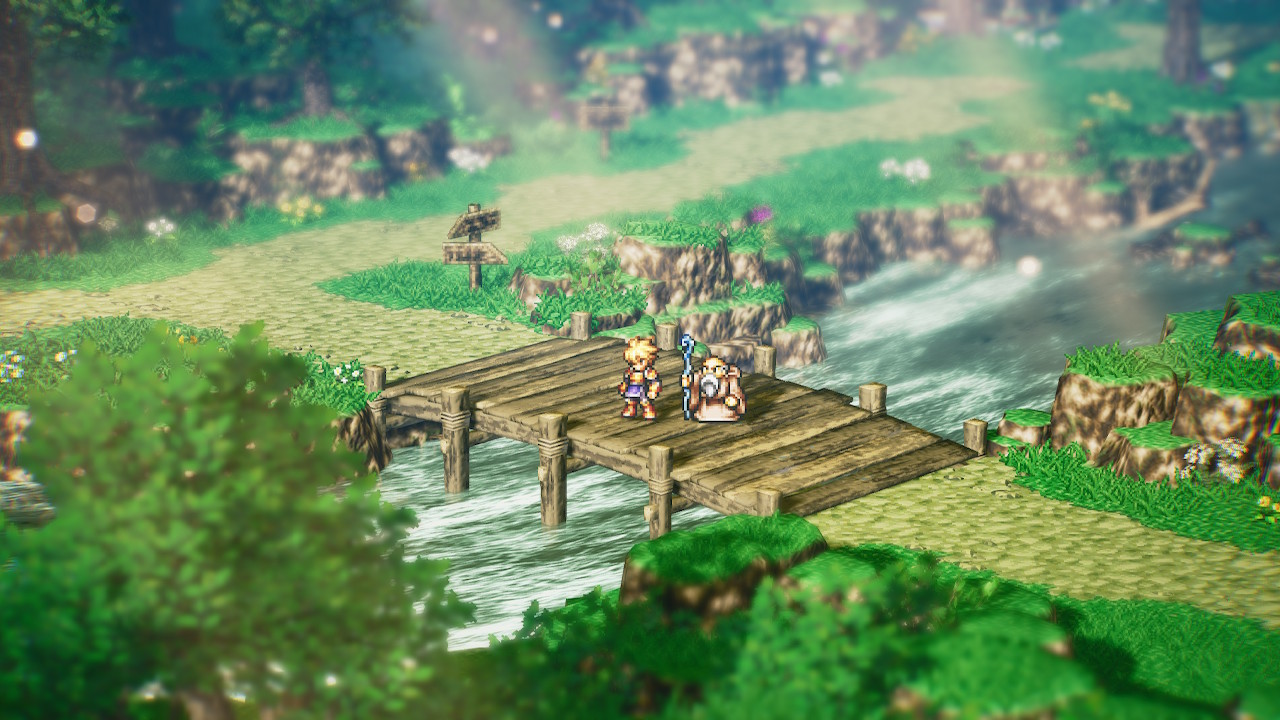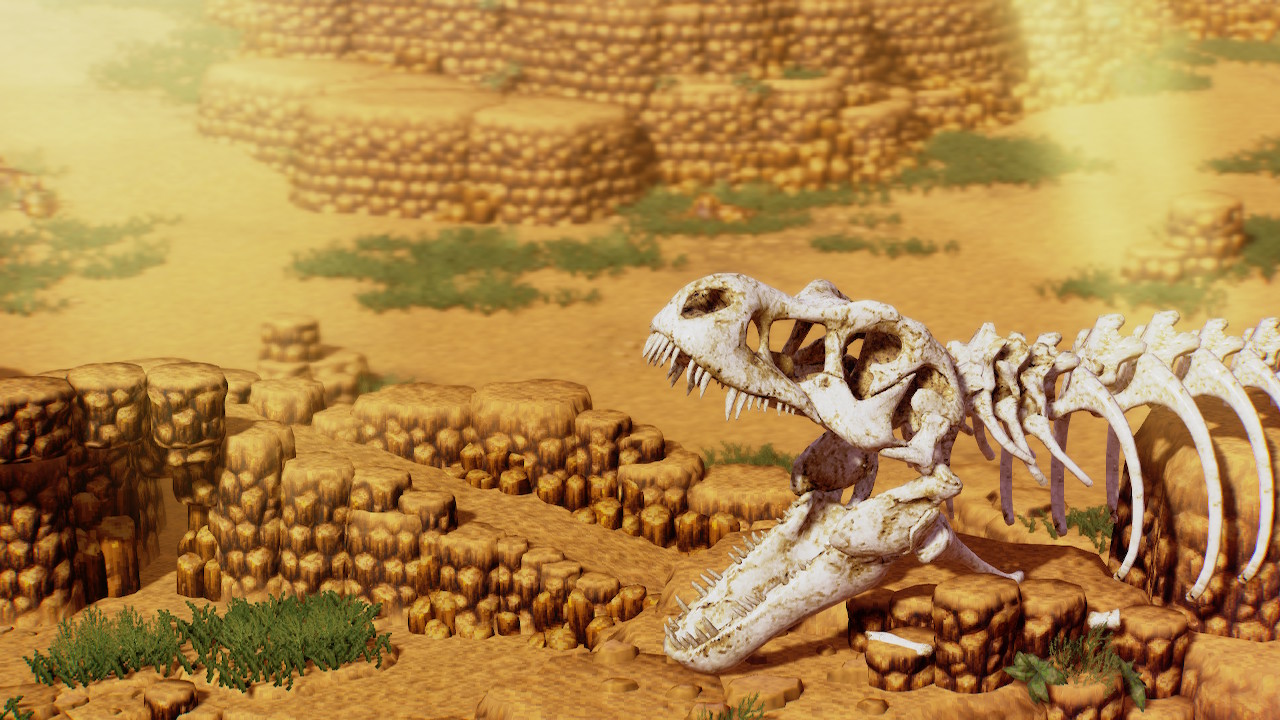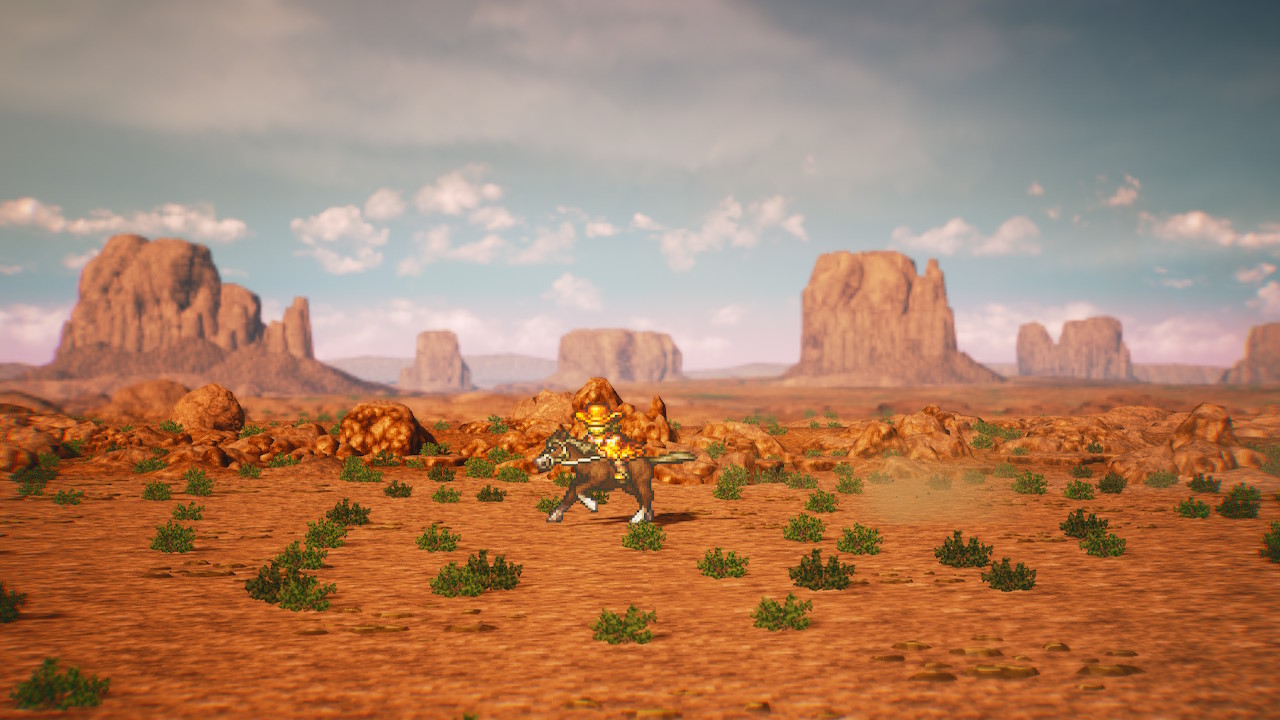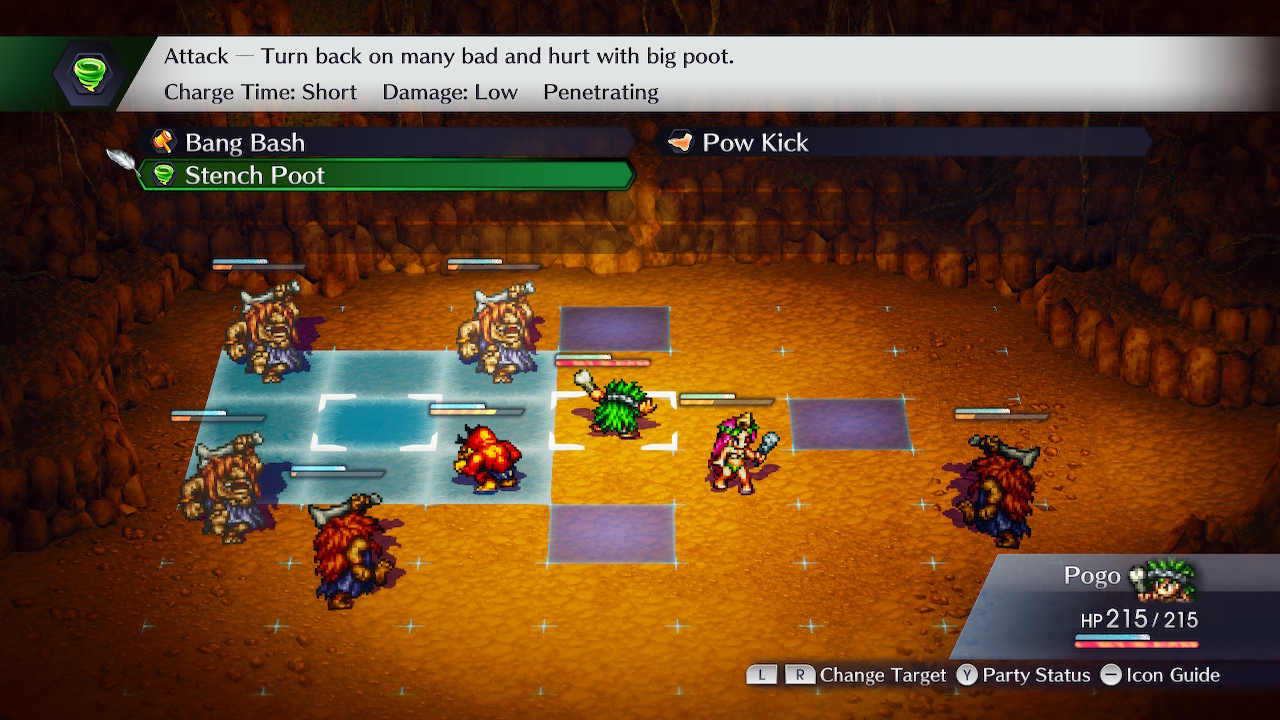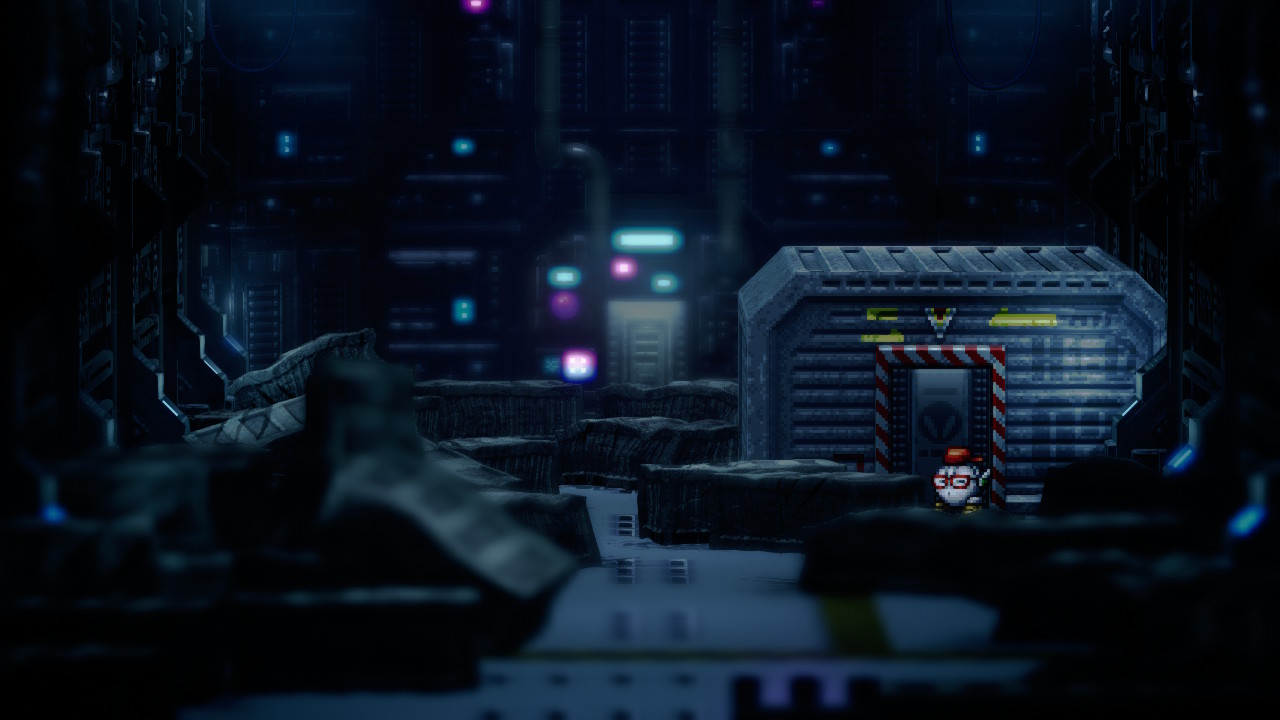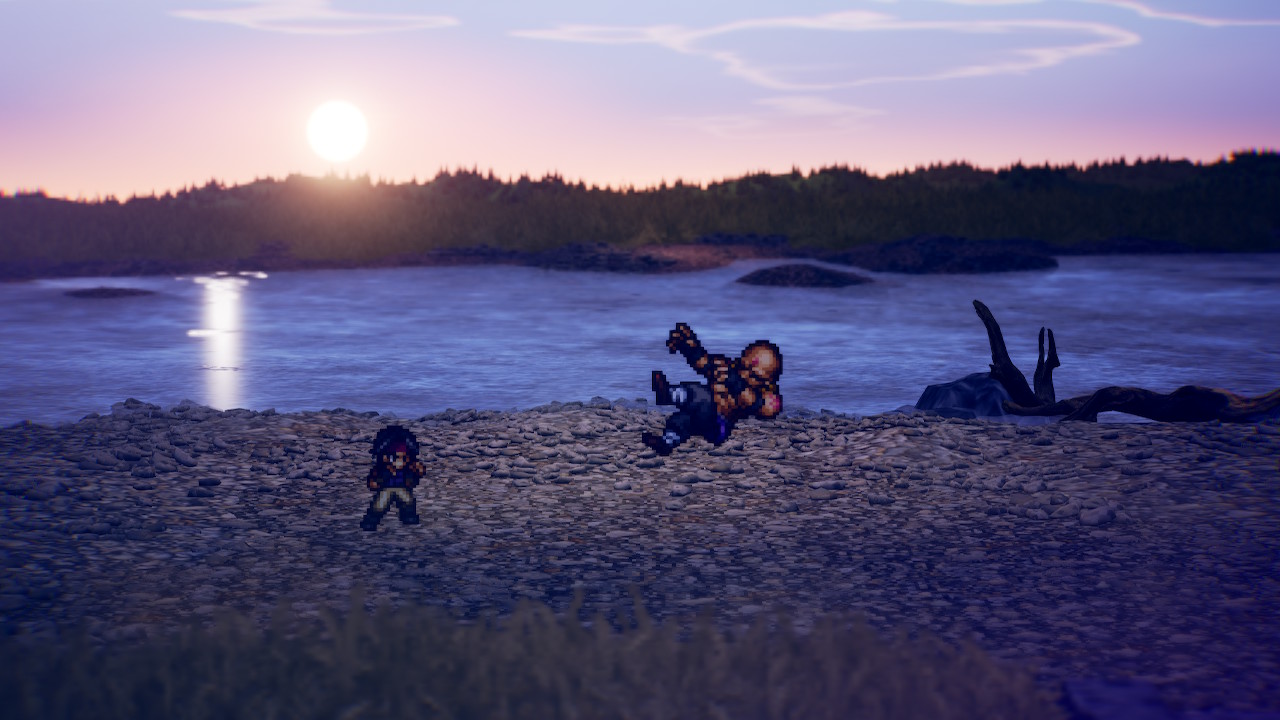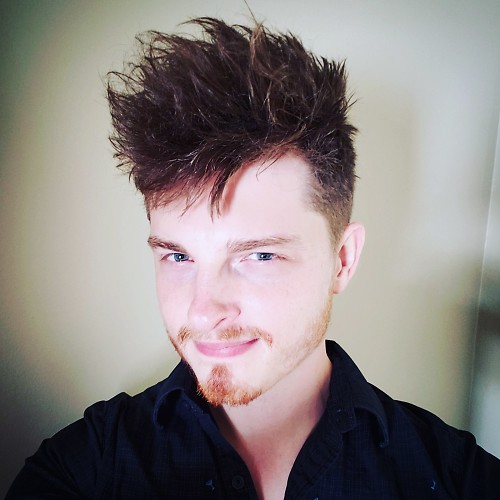iMore Verdict
Thanks to gorgeously updated visuals, noteworthy quality of life changes, and an official global release for the first time ever, Live A Live stands confidently as the quintessential RPG anthology. Even 25 years later, these powerfully human stories poignantly represent the inadequacies we all endure.
Pros
- +
+ Compelling chapter variety
- +
+ Outstanding graphical presentation
- +
+ Engaging turn-based combat
- +
+ Meaningful quality of life improvements
Cons
- -
Back-tracking damages last act
- -
Some chapters fall short
You can always trust iMore.
Live A Live was an important cultural moment in video game history. This ambitious project led by Takashi Tokita, who previously worked as the lead designer on Final Fantasy IV, aimed to blend multiple, distinct stories into one experience. From prehistoric tales of hopeless love to dissections of mankind's dangerous pursuit of ever-advancing technologies, this fascinating project served as the first high-profile anthology RPG. Unfortunately, Live A Live only officially released in Japan on SNES.
Lately, I've become increasingly aware of the essential foreign releases we missed out on in the U.S., tracking down fan translations of cult classics like Mother 3 and Magical Vacations. While unofficial translations are necessary for video game preservation, they're more niche and aren't an exact replica for the game itself.
When Nintendo announced its plans to publish an HD-2D remake of Live A Live in the style of Octopath Traveler, I almost couldn't believe it. Despite not having the same feverish following as Mother 3, there were still plenty of fans who celebrated the global re-release of this curious gaming oddity. After spending the last several days wholly enamored by this fascinating, pioneering video game, I finally get it.
Live A Live is the essential anthology RPG and deserving of its legacy. These alluring tales of humanity's capacity for change despite our own greed, insecurities, and hatred have reaffirmed my position as a hopeless optimist.
Live A Live: What you'll like
From a narrative standpoint, Live A Live is eminently unconventional. Following a delightful introductory cutscene showcasing the diversity of the game's environments and characters, players are taken directly to a chapter select screen. Here, players can choose from one of seven chapters, each starring its own distinct protagonist, so you can tackle them in whichever order you see fit. The compelling chapter variety presented in Live A Live offered a refreshing sense of pacing that kept me utterly engaged across my entire playthrough.
| Category | Live A Live |
|---|---|
| Developer | Square Enix |
| Publishers | Square Enix, Nintendo |
| Genre | RPG |
| Platforms | Nintendo Switch |
| Players | 1 |
| Size | 4.6 GB |
| Price | $50 |
Drawn to the vivid colors and outlandish premise, I started with the Prehistory chapter starring Pogo the caveman and his monkey companion Gori. Our bumbling heroes stumble upon a beautiful maiden named Beru after she escapes from the clutches of a rival caveman faction. Pogo immediately becomes smitten with Beru and vows to protect her from these assailants. The entire chapter progresses without a single line of dialogue; every character in Prehistory grunts, points, and uses visual indicators to display emotions and intentions. This single segment was unlike any RPG I had played before.
Live A Live consistently provides engrossing chapters that successfully subvert genre expectations.
All subsequent chapters exhibited similarly creative gameplay twists and narrative anomalies while subverting genre expectations. In The Distant Future, for example, traditional combat is replaced with gripping human drama and deductive exploration. As the adorable maintenance robot Cube, players become trapped on the cargo ship Cogito Ergo Sum. A horrifying accident elevates tensions amongst all crew members. This chapter quickly transforms from quirky sci-fi JRPG to horror-thriller. I was fixated on uncovering the truth behind this string of devastating events.
iMore offers spot-on advice and guidance from our team of experts, with decades of Apple device experience to lean on. Learn more with iMore!
Octopath Traveler, which was heavily inspired by Live A Live's approach to storytelling, ushered in an iconic new graphical style the team coined "HD-2D." This beautiful engine combined classic pixel art with modern, fully-rendered 3D models to remarkable effect.
While Octopath Traveler established a respectable baseline for this retro-inspired formula, Live A Live's outstanding graphical presentation superseded it in every way. Even compared to the recently released Triangle Strategy, this fetching remake is an absolute feast for the eyes, thanks to a greater sense of production and heightened emphasis on 3D models.
The introductions of each chapter erupt with magnificent visual splendor, from the partially buried remains of gigantic tyrannosaurs rex in the Prehistory chapter to the moonlit backdrop of legendary Edo Japan. I couldn't stop taking screenshots. Advancements in game development have pushed the industry to the brink of photo-realism, but there's something undeniably charming about the effectiveness of pixel art.
JRPGs are revered for their impact on gaming worldwide over the past few decades, but a passionate debate still rages within the community. Traditionally, the most noteworthy JRPGs franchises feature turn-based combat. However, current trends and player expectations suggest that real-time, action-oriented combat is superior. I don't have an aversion to turn-based combat, I emphatically prefer real-time combat systems in my RPGs, especially as I've invested thousands of hours into titles like Final Fantasy VIII, Legend of Dragoon, and Dragon Quest 11.
As a SNES-era JRPG, it's unsurprising that Live A Live incorporates classic turn-based battles. Thankfully, clever refinements ensure fights in this RPG anthology remain engaging and rewarding.
Clever refinements ensure fights in this RPG anthology remain engaging and rewarding.
In the vein of strategy RPGs like Final Fantasy Tactics, Live A Live utilizes grid-based movement and attack radiuses within combat. Depending on the ability you're attempting to use, a series of blue blocks will appear, indicating which regions of the grid will be impacted by the move. For example, Pogo's signature Stench Poot attack blasts a massive 3x3 fart cloud at enemies, potentially leaving them poisoned. Aligning characters in association with my enemies based on the ability I was queueing up provided a notably more satisfying combat loop than other retro turn-based RPGs.
Video game design philosophies have changed dramatically since Live A Live was first released in 1994. In many regards, this HD-2D remake is faithful to its source material, but sometimes that can hurt the overall adventure. Fortunately, a handful of quality-of-life improvements keep the game from feeling anchored to the past.
This modern Live A Live introduces a welcomed compass and quest indicator. Historically, classic JRPGs have some obtuse expectations of players, and Live A Live is no different in some regards; sometimes, it can be unclear how to progress. The quest indicator marks an orange icon on your compass that will always keep you on the main path. Additionally, updated menus with more robust customization options allow players to tailor the experience to their liking.
Live A Live: What you won't like
Previously, I applauded the fantastic pacing in Live A Live. Sadly, a few glaring exceptions significantly diminish an otherwise immaculate JRPG. In the Twilight of Edo Japan chapter, an assortment of mean-spirited and frequently unavoidable traps nose-dived my sense of progression. Even with the quest tracker, navigating this labyrinth of pitfalls and shockingly powerful enemies demanded far more trial and error than necessary. The marquee moments in this Shinobi-centric episode are applause-worthy, but reaching them will test your patience.
Despite generally dynamite writing that deconstructs humanity's never-ending struggle to overcome its fundamental faults, Live A Live isn't immune to the foibles of anthology storytelling.
There are also a few segments during the final act where random enemy encounters and forced exploration screech the narrative to a grinding halt. I'll avoid spoilers, but after completing the seven core chapters of the game, additional content is unlocked. Completing these extra chapters is critical to understanding the overarching connection between these separated stories, which are mostly exceptionally presented. Just mentally prepare for a daunting quantity of gratuitous footwork.
Despite dynamite writing that deconstructs humanity's never-ending struggle to overcome its fundamental faults, Live A Live isn't immune to the foibles of anthology storytelling. Simply put, not all chapters in this JRPG reach the same heights. The Present Day scenario exemplifies this criticism by extending the weakest narrative affair of the pack. I wouldn't go as far as to call any chapter in Live A Live "bad." Still, occasional moments fall short of greatness when likened to the powerhouse efforts of The Distant Future and The Near Future.
Live A Live: Should you play?
Live A Live is such a special game. The unabashedly creative direction and staunch commitment to pushing untested ideals solidify this RPG anthology as a timeless classic. Twenty-five years after its initial release, these stories of the complex (and often ugly) human condition deeply resonate. Mankind's penchant for selfishness and hatred frequently feels impossible to overcome, but Live A Live leverages history to remind us all of how far we've come and what we can achieve if we look beyond ourselves. While the messaging presented may be a bit "on the nose" by today's standards, I've increasingly grown to appreciate unwavering optimism.
For fans of classic JRPGs, there are limited reasons to skip this astonishing remake. The gorgeous updated visual presentation combined with the remixed musical prowess of composer Yoko Shimomura of Legend of Mana fame presents a glorious way for a brand-new audience to enjoy this time capsule. A few minor blemishes dampened the finale, but Live A Live is still easily one of the best Nintendo Switch games of the year.
Live A Live
The fantastic HD-2D remake of Live A Live brings a forgotten classic to a new audience. Updated visuals, quality-of-life improvements, and timeless storytelling make this one of the best Switch games of the year.
Buy from: Amazon
